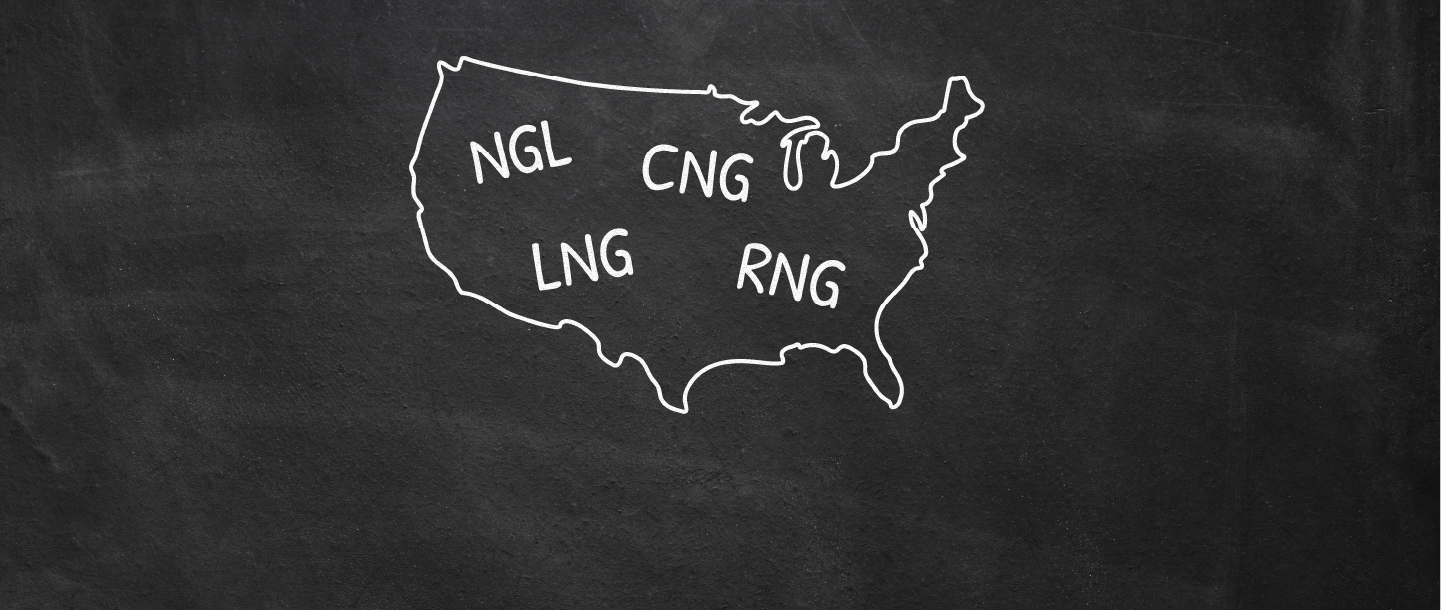The common letter is G — for gas. Here’s the gist of each one.
NGLs are natural gas liquids. They are components of the natural gas stream and, when cooled, separate into a liquid mixture. With pressure and heat, this mixture splits into fuels you might have heard of like propane, ethane and butane. NGLs are used in the manufacturing of lots of everyday products like plastics, clothing, cell phone parts, heating fuels and even baby diapers.
LNG is liquefied natural gas, primarily methane, that has been liquefied by reducing its temperature to minus 260 degrees Fahrenheit. This is done for ease and safety of storage and transport. When LNG reaches its destination, import facilities heat the liquid to convert it back to gas for transportation by pipeline.
CNG is compressed natural gas that is stored in high-pressure containers. CNG is used as a fuel for motor vehicles and locomotives. CNG can be used in traditional combustion engine automobiles that have been modified or vehicles specifically manufactured for CNG use.
Renewable Natural Gas, or RNG, is created when organic waste from sources like landfills or manure breaks down and emits methane. This biogas can be processed to become natural gas pipeline quality.
NGL, LNG, CNG and RNG: They are all around you. And they are all part of America’s clean energy future.
